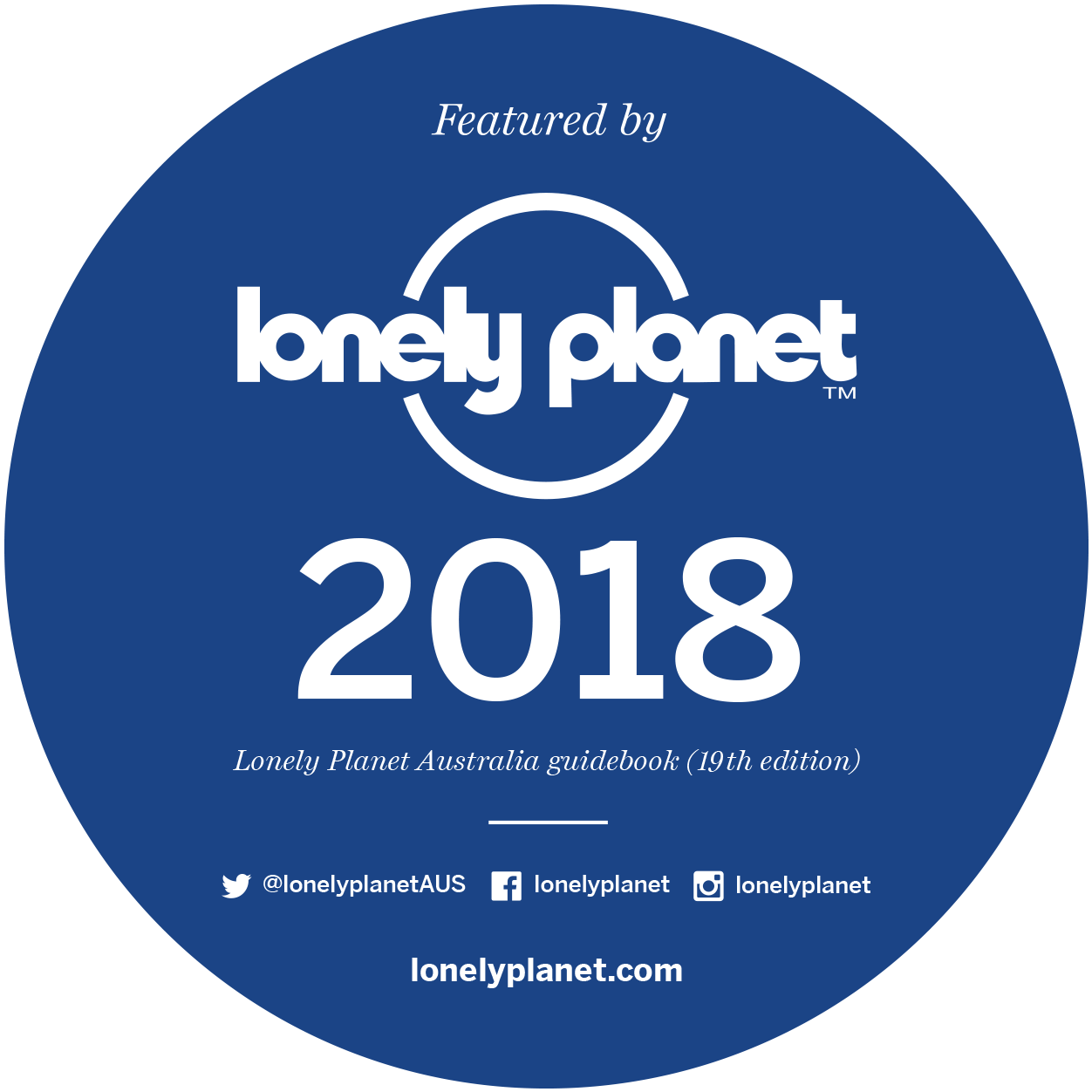The Stuart Highway — also known as ‘Explorer’s Way’ — is a wide highway surrounded by arid lands in Central Australia all the way to the tropical Top End. Located between Port Augusta and Darwin, the famous highway was named after John McDouall Stuart, the first explorer to discover a route through Australia’s inland in the 1800s.
At present, the track doesn’t follow Stuart’s original route anymore in the southern section, but that won’t make you miss any of the highway’s gems.
Enter the Road to the Multifaceted Beauty of Australia
The Stuart Highway is your gateway to the red centre and famous tourists spots in the Outback. It intersects towns like Alice Springs, Katherine, Coober Pedy and Woomera, as well as the cities of Adelaide and Darwin (found at the start and end of the road).
The modern Stuart Highway begins in Port Augusta, which is 305 km north of Adelaide. Venturing to this highway exposes you not only to different cultures, but also varying weather conditions — the estimated distance of the Adelaide-Darwin trip is around 3016 km, which is a long drive through the different climate zones of Australia.
What to Expect on Your Stuart Highway Adventure
If you’re planning a road trip, you’ll be happy to know that the Stuart Highway has a lot to offer wherever you look. You’ll notice the changing landscape and scenery the farther you go. As you approach the Tropic of Capricorn (which is a landmark in itself for being one of the five major circles of latitude that divides the Earth), tufts of grass begin to replace the saltbushes and other desert plants, and wedge-tailed eagles begin to appear on the area.
Outback travellers also rave about the highway’s smooth track and open limits, making it safer and easier to travel. Some even skip flights to the towns linked to the road just so they can have the Stuart Highway experience!
There are different tourist routes that you can take to get from Adelaide to Darwin — you can take the Port Wakefield Road, Clare Valley or Flinders Ranges. Upon reaching the end of the fascinating Stuart Highway, you’ll find yourself at the Northern Territory Border, which is pretty close to Alice Springs. At this point, you may want to take a rest before crossing the border.
Finding a Place to Stay Along Stuart Highway
Since driving through the Stuart Highway is a rewarding yet incredibly long journey, you should recharge first to avoid the travel fatigue. Give yourself time to unwind before deciding on your next itineraries by visiting Erldunda, conveniently situated on the corner of Stuart Highway and Lasseter Highway. Enjoy a relaxing evening where you can eat and sleep in our comfortable and secure roadhouse.
Make life long travelling memories and take a trip along the Stuart Highway. Contact us at the Erldunda Roadhouse to know all the tourist attractions you shouldn’t miss.
References
- “Exploring the Stuart Highway and the Oodnadatta Track.” Tourist Information Distributors Australia, n.d. Web. 12 October 2015.
- “Stuart Highway – Adelaide to Alice Springs.” Rita’s Outback Guide, n.d. Web. 12 October 2015.










You must be logged in to post a comment.